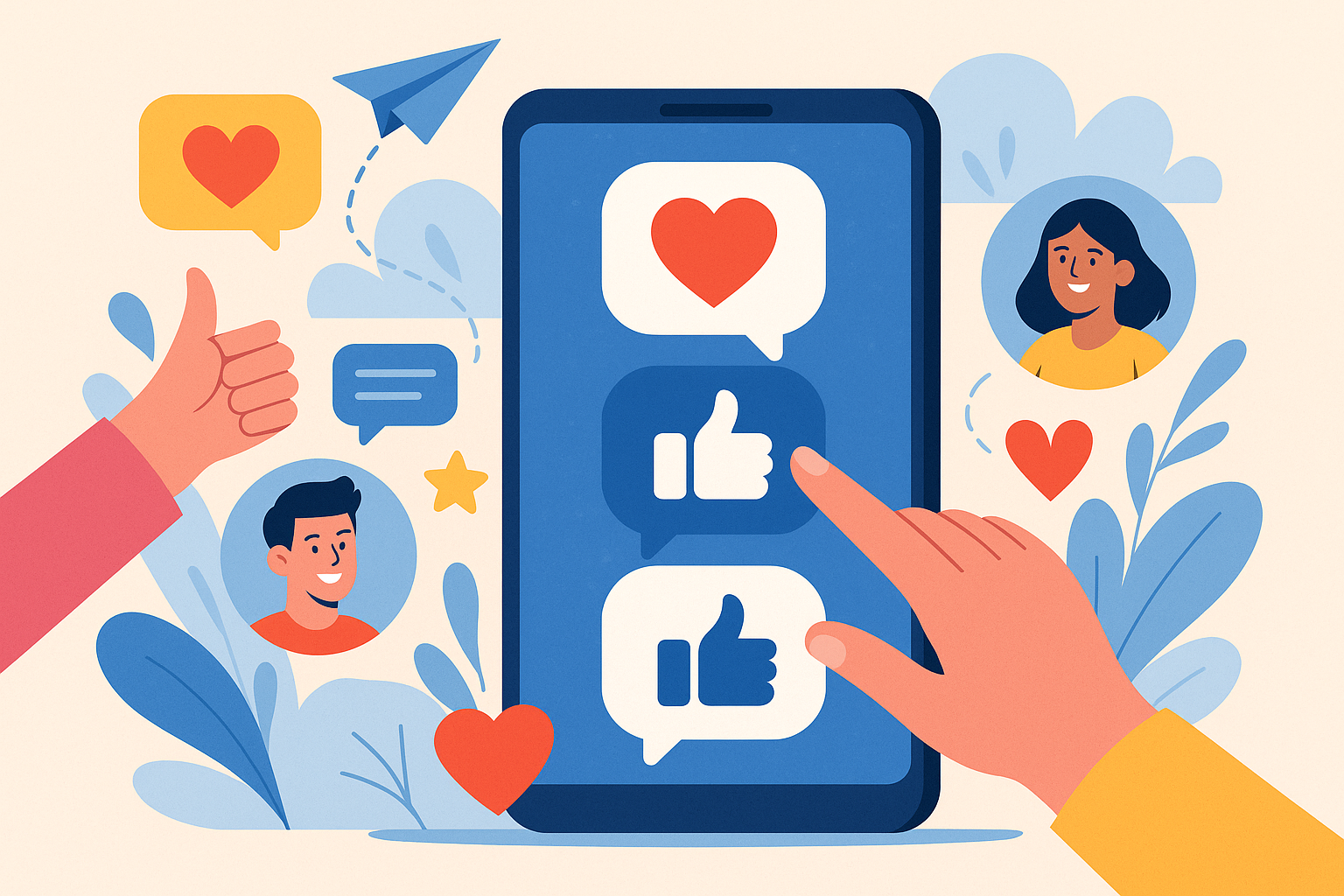

In an era dominated by digital interactions, it's easy to underestimate the power of a single click or brief message. Yet, small gestures—when shared online—can ignite waves of positive impact that extend far beyond the original act. This article explores how micro-connections and simple acts of kindness catalyze profound shifts, offers practical advice on sustaining that momentum, and delves into the psychology behind our growing need for meaningful engagement through technology.
Every day, billions of people tap, swipe, and type on devices, often racing from one task to the next. But what if we paused to send a word of encouragement, share a helpful resource, or simply “like” someone’s post? These small moves can:
By consistently applying these tiny efforts, we watch them reverberate, inspiring others to pay it forward in unexpected ways.
During a community recovery effort after a severe storm, volunteers shared brief video updates on a local page. Each clip ended with a simple “You’ve got this!” message. Within weeks, donation drives tripled as more people tuned in to witness perseverance in action. That constant reminder of resilience—a few seconds of footage plus a concise pep talk—sparked renewed dedication across the region
An online study group introduced a daily “Two-Minute Tip” segment, where one member offered a quick strategy for boosting productivity or reducing study stress. The initiative took off: attendance rose by 60%, test scores climbed, and participants reported feeling more connected to peers. A fleeting moment of wisdom became a cornerstone for collective achievement.
Kindness may feel intangible, yet modern tools let us track its ripple. Key indicators include:
By pairing analytics dashboards with sentiment analysis, organizations can assign numerical values to otherwise abstract concepts. One company discovered that a daily prompt encouraging teammates to celebrate small wins boosted overall project delivery speed by 15%.
To strengthen your digital footprint via tiny interactions, consider:
Neuroscience reveals that even a quick acknowledgment—such as clicking a heart icon—triggers a dopamine response in both sender and receiver. This “reward circuit” reinforces the behavior, creating a feedback loop of positivity. Psychologists also note that micro-communications reduce social friction, lowering barriers for those who might otherwise hesitate to reach out. The result is an ecosystem where kindness proliferates at a microscopic scale, eventually coalescing into significant collective momentum.
When screens overwhelm, even small gestures can feel like extra work. Here are straightforward strategies to maintain compassion without burnout:
Even as our interactions migrate online, there’s ample room for depth. Prioritize clarity and warmth in your language. Instead of generic phrases like “Good job,” specify what impressed you: “Your solution to the design problem was very creative and practical.” By naming the impact, recipients feel genuinely seen, and that recognition encourages them to pay it forward.
Tech innovators can embed supportive elements directly into user experiences:
By weaving these features into interfaces, designers can lower the activation energy needed to spread positivity, making kindness a native function rather than an afterthought.
In a landscape often defined by speed and headlines, never underestimate the quiet power of a small act. Whether it’s a brief compliment, a timely resource share, or a simple “thank you,” micro-connections can spark lasting transformation. By integrating thoughtful design, leveraging behavioral insights, and committing to daily gestures, we harness the ripple effect. Each click then becomes an opportunity to build networks of care, proving that compassion knows no bounds—even within the briefest of interactions.